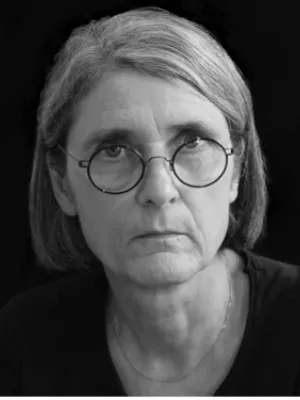
Nina Reistad
Senior lecturer

Extended-wavelength diffuse reflectance spectroscopy with a machine-learning method for in vivo tissue classification
Author
Summary, in English
OBJECTIVES: An extended-wavelength diffuse reflectance spectroscopy (EWDRS) technique was evaluated for its ability to differentiate between and classify different skin and tissue types in an in vivo pig model.
MATERIALS AND METHODS: EWDRS recordings (450-1550 nm) were made on skin with different degrees of pigmentation as well as on the pig snout and tongue. The recordings were used to train a support vector machine to identify and classify the different skin and tissue types.
RESULTS: The resulting EWDRS curves for each skin and tissue type had a unique profile. The support vector machine was able to classify each skin and tissue type with an overall accuracy of 98.2%. The sensitivity and specificity were between 96.4 and 100.0% for all skin and tissue types.
CONCLUSION: EWDRS can be used in vivo to differentiate between different skin and tissue types with good accuracy. Further development of the technique may potentially lead to a novel diagnostic tool for e.g. non-invasive tumor margin delineation.
Department/s
- Ophthalmology Imaging Research Group
- Ophthalmology, Lund
- Atomic Physics
- NPWT technology
Publishing year
2019
Language
English
Publication/Series
PLoS ONE
Volume
14
Issue
10
Document type
Journal article
Publisher
Public Library of Science (PLoS)
Topic
- Biomedical Laboratory Science/Technology
- Atom and Molecular Physics and Optics
Status
Published
Research group
- Ophthalmology Imaging Research Group
- NPWT technology
ISBN/ISSN/Other
- ISSN: 1932-6203

